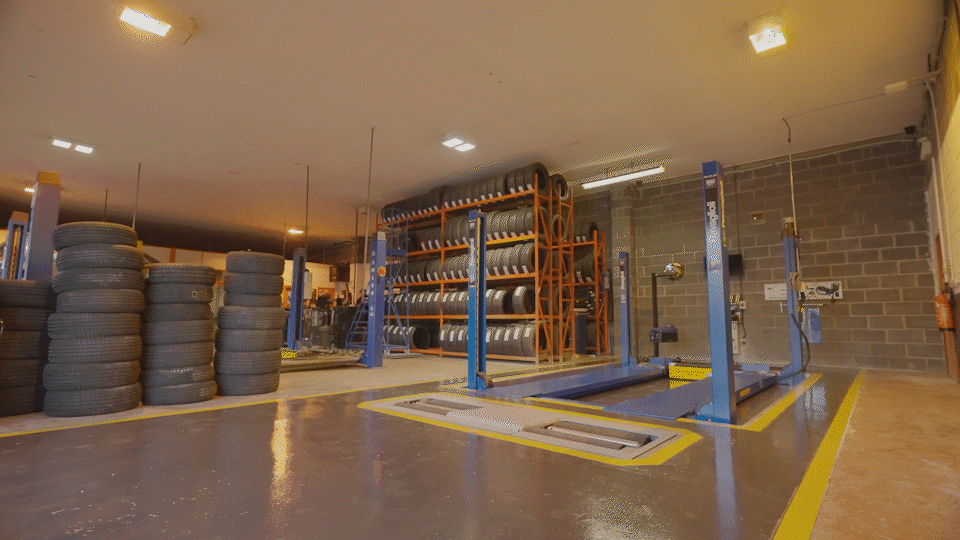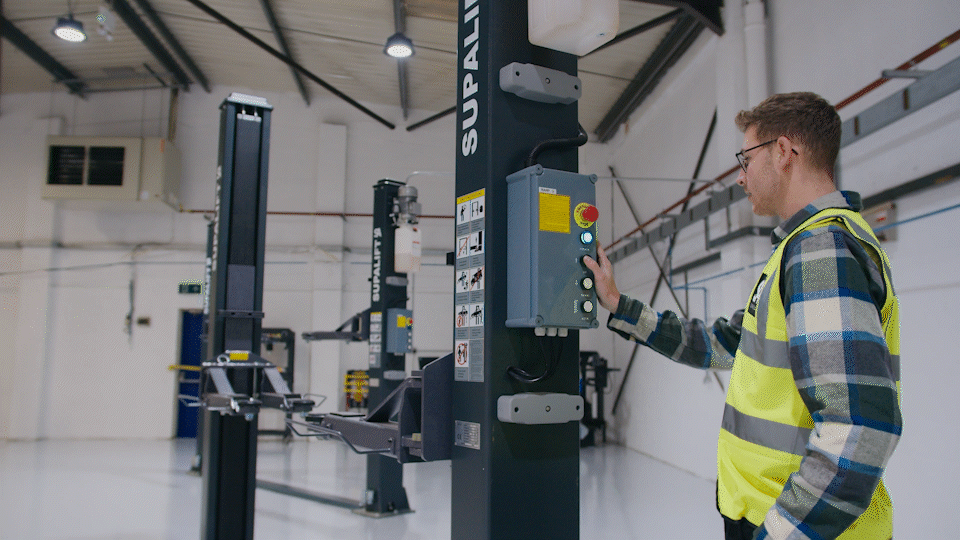The Essential Guide to Oil Storage and Lubrication: Ensuring Optimal Machinery Performance

In the realm of industrial machinery and equipment, proper oil storage and lubrication play a crucial role in maintaining optimal performance and prolonging the lifespan of these valuable assets. Whether it's heavy-duty machinery in factories or automobiles on the road, understanding the principles and best practices of oil storage and lubrication is paramount. This blog post will delve into the importance of effective oil storage, the significance of lubrication, and key considerations for ensuring smooth operations.
Oil Storage: The Foundation of Efficiency
Effective oil storage is the cornerstone of an efficient machinery maintenance program. It ensures a steady supply of clean and uncontaminated oil for lubrication purposes. Here are a few essential points to consider:
Choosing the Right Storage Containers: Selecting appropriate containers, such as drums, tanks, or reservoirs, is essential to prevent oil degradation and contamination. Factors like material compatibility, capacity, and accessibility should be evaluated.
Preventing Contamination: Contamination can arise from moisture, dust, dirt, or chemical exposure. Using proper seals, filters, and desiccants can help maintain the oil's integrity and protect it from harmful elements.
Temperature Control: Extreme temperatures can impact oil quality. Implementing climate-controlled storage or insulation techniques ensures the oil remains within the recommended temperature range, safeguarding its properties.
The Vital Role of Lubrication:
Lubrication serves as the lifeblood of machinery, reducing friction, dissipating heat, and preventing wear and tear. Understanding its significance is key to efficient maintenance practices:
Types of Lubricants: Different machinery requires specific types of lubricants, including oils, greases, or solid lubricants. Understanding the equipment's requirements and selecting the appropriate lubricant is crucial for optimal performance.
Lubrication Methods: There are various techniques for lubrication, such as manual application, automatic systems, or centralized lubrication systems. Choosing the most suitable method ensures consistent and efficient lubrication across all machinery components.
Regularity and Quantity: Lubrication should be performed at regular intervals, as specified by the manufacturer or through condition monitoring. Adequate lubricant quantities should be used to ensure proper coverage and avoid over- or under-lubrication.
Best Practices for Oil Storage and Lubrication:
Implementing the following best practices will help maintain the integrity of both the oil and machinery:
Regular Inspections: Perform routine inspections to identify signs of contamination, degradation, or leaks in storage containers and lubrication points. Prompt action can prevent costly damage and maintain machinery efficiency.
Cleanliness is Key: Ensure a clean working environment, including oil storage areas and lubrication points. Minimize dust, debris, and other contaminants that could compromise oil quality or machinery performance.
Proper Labelling and Documentation: Clearly label storage containers and lubrication points, indicating the type of oil or lubricant, quantity, and recommended intervals for replenishment. Accurate documentation aids in maintenance planning and ensures consistency.
Conclusion:
Oil storage and lubrication are vital components of an effective machinery maintenance strategy. Proper storage techniques, along with appropriate lubrication methods, promote optimal performance, reduce downtime, and extend the lifespan of valuable assets. By following best practices, conducting regular inspections, and emphasising cleanliness, industries can ensure smooth operations and maximise their investment in machinery. Remember, when it comes to oil storage and lubrication, precision and care go a long way in safeguarding efficiency and productivity.













